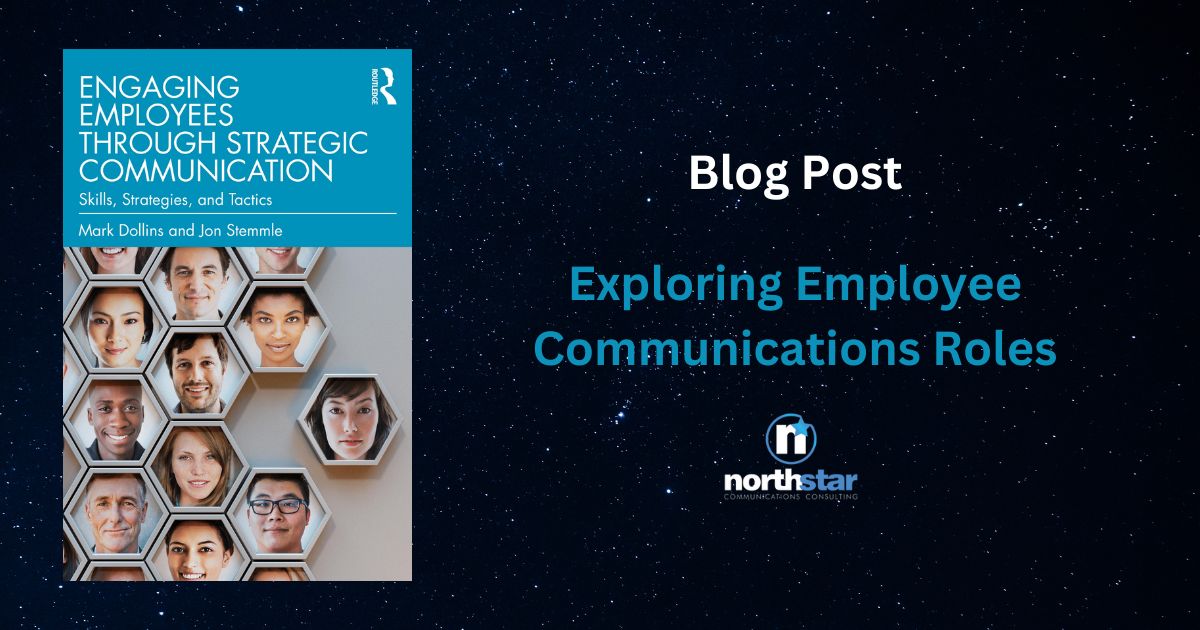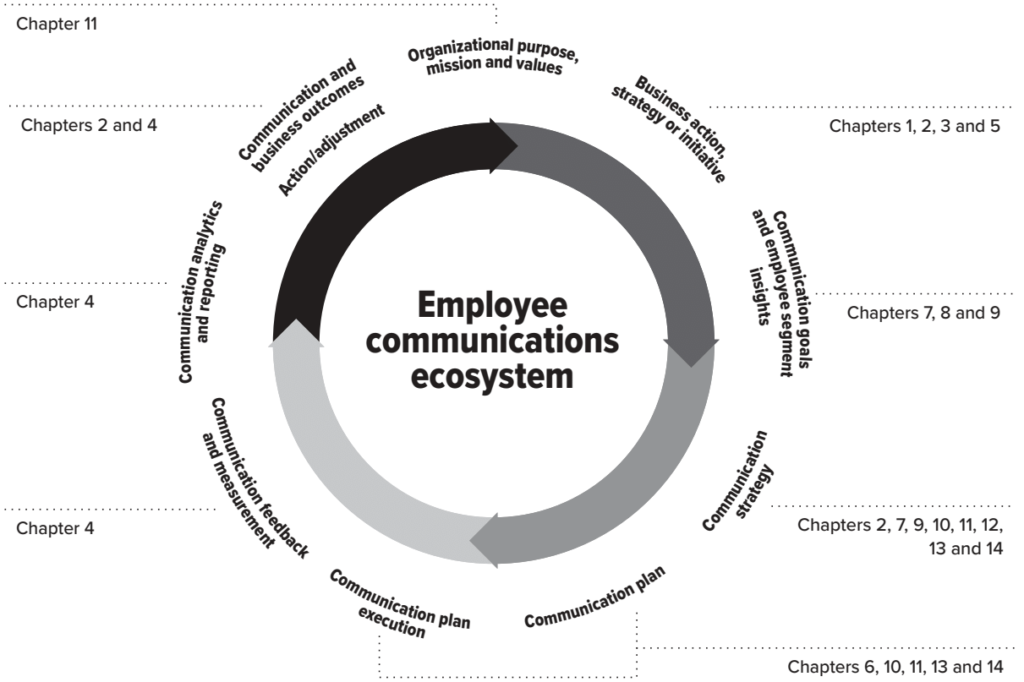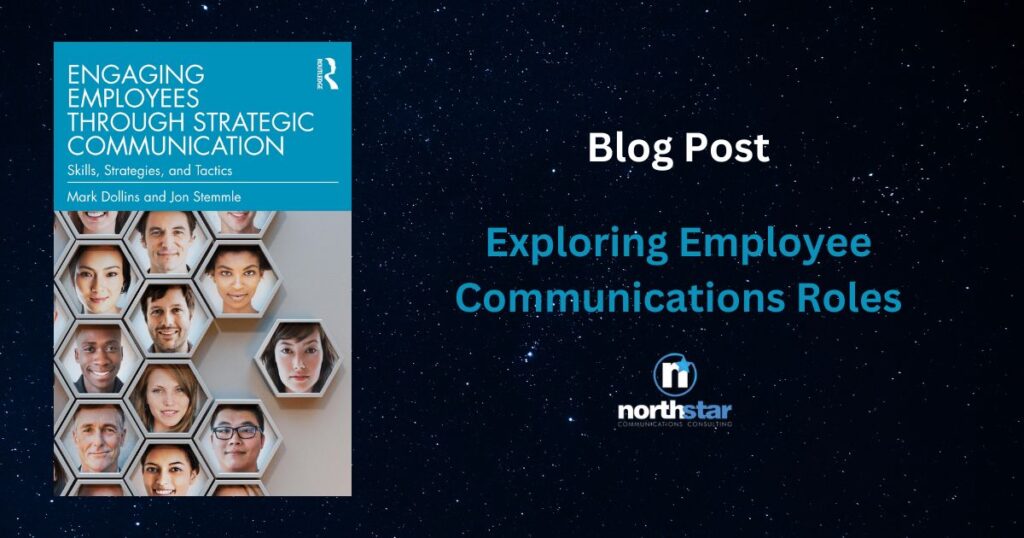
This blog post briefly summarizes Chapter 13 of the book Engaging Employees Through Strategic Communication by Mark Dollins and Jon Stemmle. Visit engage-employees.com to grab your copy today.
One size does not fit all for employee communicators. The size, needs and priorities of each organization drive the unique roles internal communications must play. While many organizations centralize employee communications as a corporate level function, others deploy internal communicators to work directly within business units or specialized staff functions. Depending on the size of the enterprise, communicators may be assigned to support multiple staff functions, for example, like Finance and Information Technology (IT), or assigned to a single staff function.
While the skills and tools used for broader employee communications teams and initiatives are every bit as relevant and practical for these specialized internal communications roles, the focus areas, themselves, require deeper understanding, nuanced messaging and correspondingly customized strategies.
Larger global organizations, which have correspondingly larger staff functions, may employ dedicated employee communicators who report directly to the senior functional executive, like a Chief Human Resources Officer (CHRO), or may share dual-reporting responsibilities to both the function leader and a global communications head.
These roles exist to further the priorities and mission of the function, in line with the culture and values of the enterprise as a whole. Communicators in these spaces may be asked to focus on driving change within the function, planning and executing communications from the function to the rest of the organization, or both. The work ranges from tactical, practical support of regular functional processes, to more sweeping outcomes when staff groups are driving major transformation across their companies.
HR communicators, for example, are often accountable for communicating cyclical roll-outs of benefits, compensation and other programs and policies, both by helping the program team communicate with HR business partners and then sharing the end-user version of those changes directly with employees. But these same communicators also play a key role in managing people-related crises and the delivery of more strategic culture shifts, such as changes to an organization’s employee value proposition, their external profile as an employer of choice or other issues relating to the employee-employer relationship.
Employee communicators hired or deployed to drive Human Resources communications – as one senior IBM HR communications executive put it – “ultimately influence how people feel about their jobs.” It’s not surprising that how employees perceive the fairness of the “deal” – the return they receive for the work they do – dramatically influences employee engagement.
As a result, the HR communicator’s tasks will range as broadly as the human resources leaders they support. One executive, assigned to the CHRO of a global Fortune 50 company, shared that a typical week included drafting a communication plan to introduce a new learning program, reviewing an outside ad agency’s proposed recruiting campaign, providing feedback for the HR section of the company’s redesigned Intranet, reviewing an executive compensation presentation for the Board of Directors, staffing the final plan design review for that year’s health care decisions, finalizing a speech the CHRO was delivering the following week and facilitating a half-day workshop for field HR teams on brand and values. This communicator also organized timing for key announcements with her communication peers in other parts of the business, so they could try to manage the potential for employee overload.
The 2020 murders of George Floyd, Breonna Taylor and Ahmaud Arbery in the United States, and the resulting protests across the country, drew more attention to the Black Lives Matter (BLM) movement and refueled many organizations’ commitments to diversity, equity and inclusion (DEI). Over the last two decades, companies have come to understand that more diverse workforces can deliver greater innovation and insights into the markets and customers they serve. When added to the #Metoo movement – a social movement against sexual abuse and harassment against women by powerful and prominent men – BLM sparked a dynamic new wave of energy targeted at supporting diversity and inclusion communication efforts.
Improving representation of diverse employees by gender and race in employment and leadership roles has become a staple goal for modern-day, diverse organizations in about every industry. Adding inclusion to the mix – driving behaviors that make employees feel they can bring all of their unique attributes to the workplace – soon followed efforts to recruit, retain and advance more diverse workforces.
Are you interested in learning more about other employee communications roles? Pick up a copy of Engaging Employees Through Strategic Communication to read the full chapter.
Get Your Copy Of The Engaging Employees Through Strategic Communication Book Or Contact North Star Communications Today

The diagram above shows the different topics covered in the book. Take advantage of the opportunity to enhance your organizational communication strategy and engage your employees effectively by getting your hands on the highly recommended book, Engaging Employees Through Strategic Communication by Mark Dollins and Jon Stemmle. Piqued your curiosity? Want to know why change communications, Block Chain, Artificial Intelligence and employee activism will shape our near-term future? Visit engage-employees.com to grab your copy today.
If you’re looking for expert guidance in implementing change communications, talent development, and coaching in your organization, look no further than North Star Communications Consulting. Contact us today to schedule a free consultation and take the first step toward transforming your organizational communication approach.


